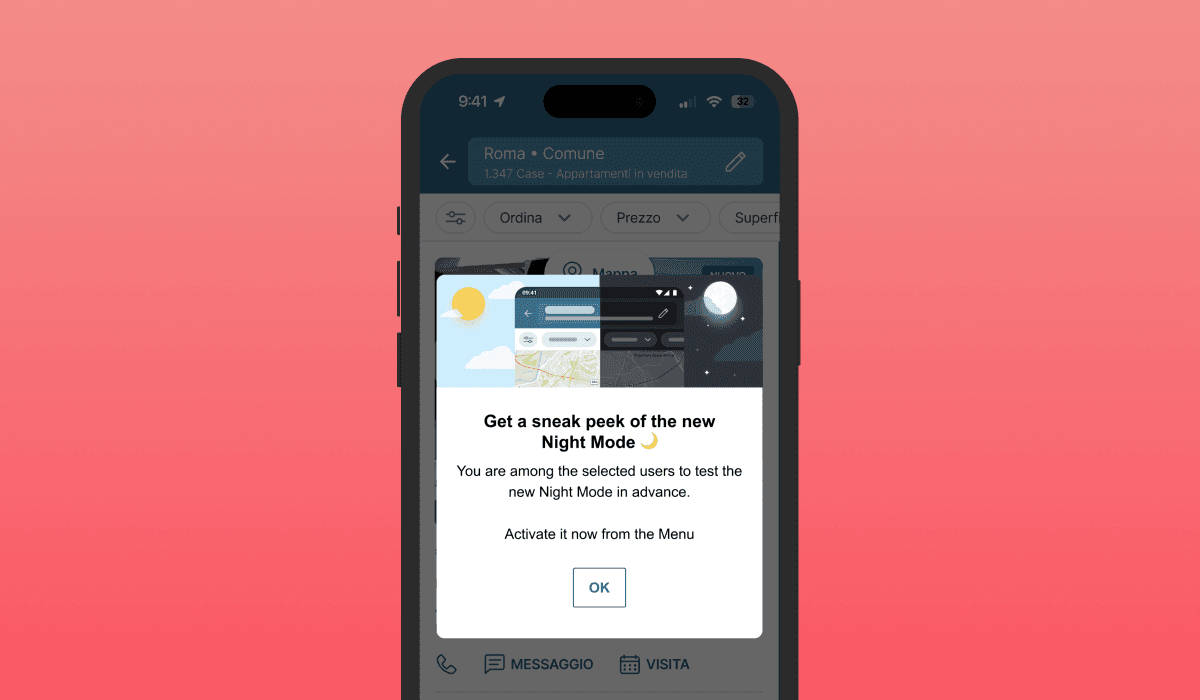Three Customer Engagement Use Cases to Get the Most Out of Feature Flags
Published on December 05, 2023/Last edited on December 05, 2023/5 min read


Team Braze
Seamless, personalized user journeys are the gold standard in customer engagement for a reason: Consumers expect brands to speak to them as individuals, and brands that are able to make this vision a reality are well-positioned to reap the benefits of tailored messaging. Of course, seamless doesn’t mean effortless—personalization requires cross-functional collaboration, the right customer data, and plenty of variable testing. Luckily, Braze Feature Flags can cover all of the above—from one interface.
What Are Feature Flags?
Feature Flags allow your team to toggle specific features on and off in your product to build unique in-app and marketing experiences for specific customer segments. There’s also no need for additional code or to submit an update to an app store when using Feature Flags to manage new features—product and marketing teams can release and test at their own speed without adding engineering scope.
For product and engineering, launching to small user sets before rolling out to larger customer groups helps to ensure that new elements enhance the app experience, bug-free. Marketing teams appreciate having more context into release schedules, native control over personalized messaging, and better planning to market features across channels. The end result is streamlined campaigns, earned loyalty, and powerful engagement levers.
How to Use Feature Flags
So what does this actually look like in action? There are dozens of ways to adapt Feature Flags to your team’s needs—so, really, the sky’s the limit. Feature Flags can bolster your existing segmentation, experimentation, and cross-channel messaging strategies, giving your teams even more room for creativity and personalization.
Let’s say your product team decides to release a new feature to a small test audience. Feature Flags can unlock a wealth of options and nuance for messaging that audience about the feature. For example, you could create a unique campaign specifically for users with early access to the new feature, focusing on its capabilities. Then, the rest of your audience could receive a completely different campaign teasing the feature and promoting its formal launch date. You could even create unique homepages for distinct audiences and match your email messaging to the new in-app visuals, all without needing engineering to lift a finger.
After launching a feature, you can also test its efficacy. Take Immobiliare.it: The team wanted to understand the impact of their Dark Mode feature, and they used Feature Flags to isolate only their most active nighttime users to give them early access to Dark Mode and share a series of in-app surveys to capture their feedback. Immobiliare.it said their time spent launching and promoting Dark Mode was reduced by 50%—a huge win for their team.

Since all this data toggles on and off within Braze, formerly siloed teams are able to work in tandem like never before.
Let’s take a look at a few additional use cases and how Feature Flags can make an impact for each one:
Three Feature Flags Use Cases
1. Imagine a retailer wants to promote their Annual Sale Event.
It’s the biggest event of the year, so the marketing team plans to coordinate cross-channel efforts. In the past, they’ve needed to consult with their engineers to plan out their campaigns and turn on product experiences like new app or webpages to support a cohesive experience. With Feature Flags, the marketing team can enable a new homepage on their app and website without needing to tap into dev resources. They can even enable different homepages for different audiences based on information they have about their audience’s preferences. Consumers see the most relevant deals from the Annual Sale Event in their email, app experience, and on the homepage of the website, which may ultimately drive customers to make purchases.
2. A quick-service restaurant plans to launch Curbside Pickup, and they’d like to treat their most engaged app users to early access.
Using Feature Flags, the marketing team can make this feature available in the app just for select users, which could build customer loyalty through exclusive, VIP experiences. The team follows up by creating a specific campaign for email and a homepage that’s shared only with this particular audience segment. It’s basically the product and marketing equivalent of a VIP section!
3. A video streaming brand is curious about Free Trial sign-up flow.
To see which type of sign-up flow performs best, the marketing team uses Feature Flags to run an A/B test. With Feature Flags, it’s easy to split up the audience into multiple segments who each see a different option. With a clear winner, the marketing team can roll out the best option for future visitors, confident that they will be able to increase the percentage of users who sign up for free trials. It’s easy to make the switch, too. With a few clicks in Braze, the highest-converting sign-up flow displays to their entire audience.
Conclusion
The possibilities are endless. Learning how to use Feature Flags is the first step to more cohesive campaigns, better engagement, and powerful interactions with your most loyal customers. We can’t wait to see how you put them into action.
Related Tags
Be Absolutely Engaging.™
Sign up for regular updates from Braze.



